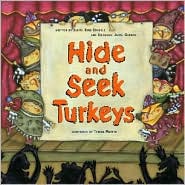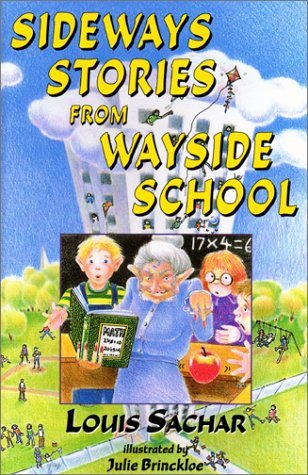
Dracula Doesn't Drink Lemonade
by Debbie Dadey
and
Marcia Thornton Jones
This children's novel is part of The Adventures of the Bailey School Kids series. I personally grew up ready many of these mystery novels throughout elementary school. Each book in the series follows a similar format where the four main characters suspect someone of being a monster. In this particular book, the third-graders suspect the new counselor of being Count Dracula. While Dadey and Thornton Jones carry the same four characters throughout the series, there is no character development but the readers can continue to know and count on a similar plot line. The titles of these books are goofy, fun, and intriguing. These novels also include drawings of the scene every couple of pages. These drawings could possibly give too much of the story away and hinder the imagination of some readers, while for others it may be a helpful way to depict the monsters in each book.
Intended Age 7-10
by Debbie Dadey
and
Marcia Thornton Jones
This children's novel is part of The Adventures of the Bailey School Kids series. I personally grew up ready many of these mystery novels throughout elementary school. Each book in the series follows a similar format where the four main characters suspect someone of being a monster. In this particular book, the third-graders suspect the new counselor of being Count Dracula. While Dadey and Thornton Jones carry the same four characters throughout the series, there is no character development but the readers can continue to know and count on a similar plot line. The titles of these books are goofy, fun, and intriguing. These novels also include drawings of the scene every couple of pages. These drawings could possibly give too much of the story away and hinder the imagination of some readers, while for others it may be a helpful way to depict the monsters in each book.
Intended Age 7-10









